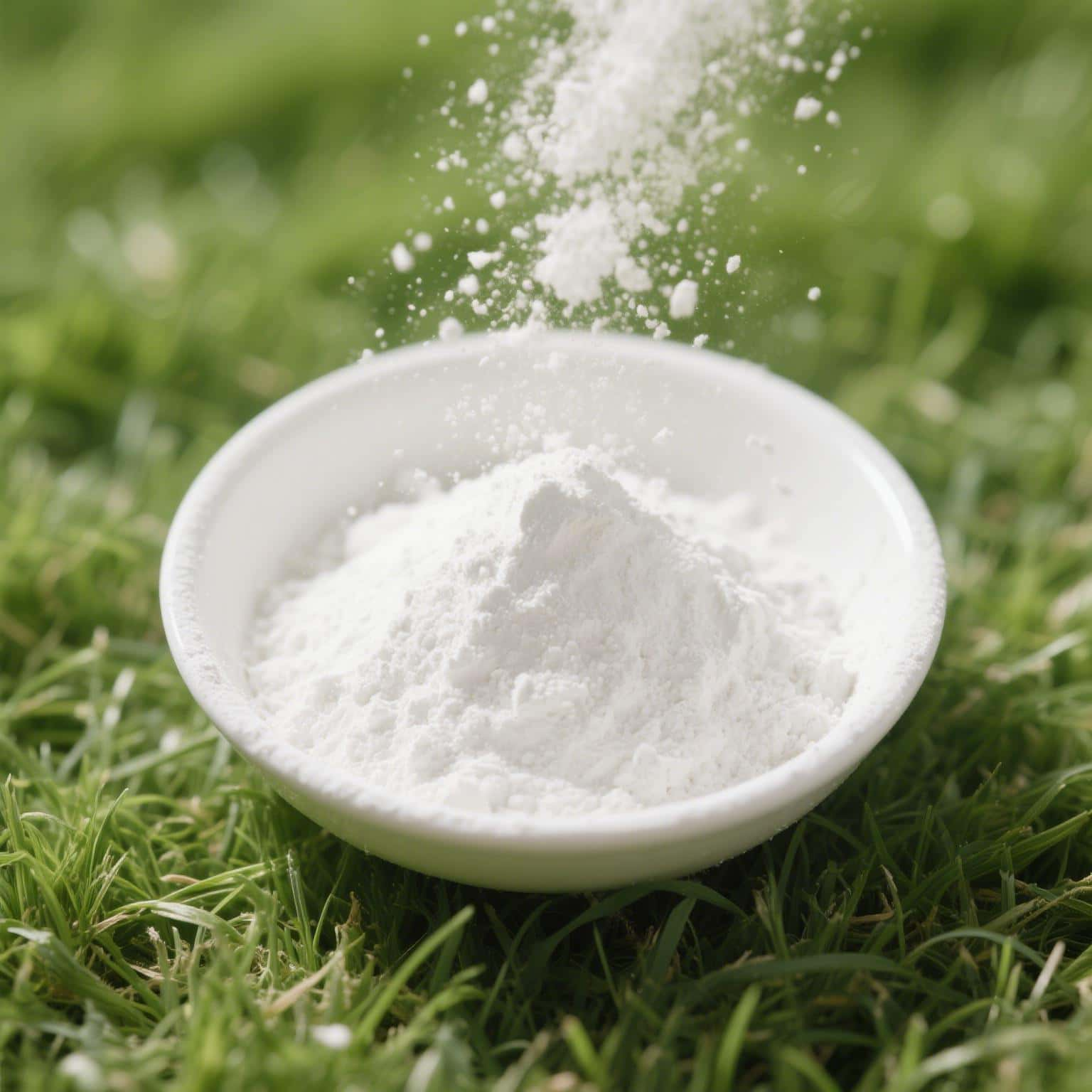What is Hydrated Lime? A Comprehensive Guide
News 2025-03-10
What is Hydrated lime? Hydrated lime also known as calcium hydroxide, is a versatile chemical compound widely used in various industries. From construction to water treatment, this material plays a crucial role in many applications. In this text, we’ll explore the meaning of hydrated lime, its formula, types, uses, and processing methods. Whether you’re a professional in the construction industry or simply curious about this material, this guide will provide you with all the essential information.
1. Hydrated Meaning: Understanding Calcium Hydroxide and Quick Lime
The term “hydrated” refers to a substance that has been chemically combined with water. In the case of hydrated lime, it is produced by adding water to quick lime (calcium oxide). This process, known as slaking, results in the formation of calcium hydroxide (Ca(OH)₂).
- Quick Lime (Calcium Oxide): A highly reactive material produced by heating limestone in a kiln.
- Hydrated Lime (Calcium Hydroxide): The product of adding water to quick lime, creating a stable and less reactive compound.
This chemical reaction is exothermic, meaning it releases heat, and the resulting hydrated lime is a fine, white powder.
2. Hydrated Lime Formula
The chemical formula for hydrated lime is Ca(OH)₂. This indicates that each molecule of hydrated lime consists of one calcium atom (Ca), two oxygen atoms (O), and two hydrogen atoms (H).
- Calcium Hydroxide: Ca(OH)₂
- Molecular Weight: 74.093 g/mol
This formula is essential for understanding its properties and applications in various industries.

3. Types of Lime: Hydrated Lime Mortar, Hydrated Lime Powder, and More
Hydrated lime comes in several forms, each suited for specific applications. Here are the most common types:
a) Hydrated Lime Powder
- Description: A fine, dry white powder made by slaking quick lime and grinding it into a fine consistency.
- Applications: Water treatment, soil stabilization, chemical manufacturing, and environmental applications like flue gas treatment.
b) Hydrated Lime Slurry
- Description: A mixture of hydrated lime powder and water, forming a suspension.
- Applications: Industrial water treatment, flue gas desulfurization, and large-scale chemical processes.
c) Hydrated Lime Mortar
- Description: A traditional building material made by mixing hydrated lime with sand and water.
- Applications: Masonry work, plastering, and restoration of historical buildings due to its durability and self-healing properties.
d) Hydrated Lime Putty
- Description: A smooth, paste-like material created by mixing hydrated lime with excess water and allowing it to mature over time.
- Applications: Fine plasterwork, decorative finishes, and restoration of heritage structures.
e) Pelletized Hydrated Lime
- Description: Hydrated lime powder compressed into pellets for easier handling and reduced dust.
- Applications: Agriculture (soil conditioning) and industrial processes where controlled application is needed.
f) Bulk Hydrated Lime
- Description: Hydrated lime supplied in large quantities, either as powder or slurry.
- Applications: Large-scale water treatment plants, construction projects, and industrial manufacturing.
4. Hydrated Lime Uses
Hydrated lime is a versatile material with a wide range of applications across various industries. Some of the most common uses include:
- Construction: Used in mortar, plaster, and concrete to improve workability and durability.
- Water Treatment: Helps to purify water by adjusting pH levels and removing impurities.
- Agriculture: Used to neutralize acidic soils and improve crop yields.
- Chemical Manufacturing: Acts as a raw material in the production of chemicals like calcium stearate.
- Environmental Applications: Used in flue gas treatment to reduce sulfur dioxide emissions.
5. Hydrated Lime Processing
The production of hydrated lime involves several steps:
- Limestone Calcination: Limestone (calcium carbonate) is heated in a kiln to produce quick lime (calcium oxide).
- Slaking: Water is added to quick lime, resulting in a chemical reaction that produces hydrated lime (calcium hydroxide).
- Pulverization: The hydrated lime is ground into a fine powder for various applications.
- Packaging: The final product is packaged and distributed for industrial or commercial use.
This process ensures that the hydrated lime is of high quality and suitable for its intended applications.
Conclusion
Hydrated lime, or calcium hydroxide, is a vital material with numerous applications in construction, agriculture, water treatment, and more. Its unique properties, such as its ability to neutralize acids and improve soil and water quality, make it indispensable in many industries. By understanding its meaning, formula, types, uses, and processing methods, you can better appreciate the value of this versatile compound.
Whether you’re a contractor, farmer, or environmental engineer, hydrated lime is a material worth exploring for its wide-ranging benefits.



